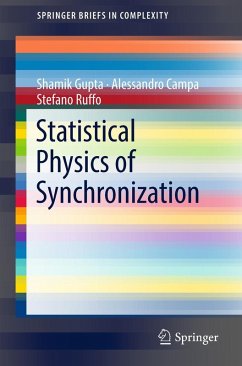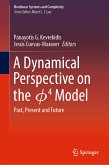This book introduces and discusses the analysis of interacting many-body complex systems exhibiting spontaneous synchronization from the perspective of nonequilibrium statistical physics. While such systems have been mostly studied using dynamical system theory, the book underlines the usefulness of the statistical physics approach to obtain insightful results in a number of representative dynamical settings. Although it is intractable to follow the dynamics of a particular initial condition, statistical physics allows to derive exact analytical results in the limit of an infinite number of interacting units. Chapter one discusses dynamical characterization of individual units of synchronizing systems as well as of their interaction and summarizes the relevant tools of statistical physics. The latter are then used in chapters two and three to discuss respectively synchronizing systems with either a first- or a second-order evolution in time. This book provides a timely introduction to the subject and is meant for the uninitiated as well as for experienced researchers working in areas of nonlinear dynamics and chaos, statistical physics, and complex systems.
Dieser Download kann aus rechtlichen Gründen nur mit Rechnungsadresse in A, B, BG, CY, CZ, D, DK, EW, E, FIN, F, GR, HR, H, IRL, I, LT, L, LR, M, NL, PL, P, R, S, SLO, SK ausgeliefert werden.









